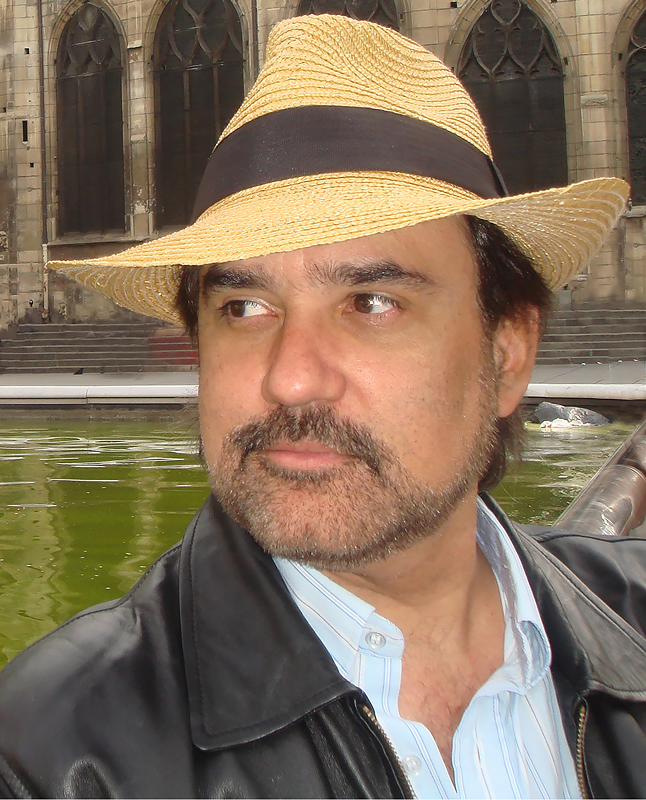Pedro Jarque Krebs is an award winning photographer born in Lima, Peru, graduated in Philosophy of Science from the Sorbonne University in Paris. His photos have won more than 100 photography awards internationally, 31 gold medals, 10 silver medals, 6 bronze medals and many honorable mentions. Among these awards are the Sony World Photography Awards, whose Peru National Award he won 3 times, in 2016, 2018 and 2019; the 2018 Bird Photographer of the Year competition (United Kingdom), where he was the overall winner; First place at: Montier Festival Photo (France) in 2018, Oasis Photo Contest (Italy) in 2017; the Sente-Antu Cup (China) in 2018, and the Trierenberg Super Circuit (Austria) in 2018. He was a finalist four years in a row of the Smithsonian Annual Photo Contest (United States).
In October 2016, he was named photographer of the month by National Geographic, France.
Statement
There's no doubt that we, the human beings, have many problems to resolve as a species, and that our societies are far from having achieved the justice and equality we crave for, but to deal with the animal world, far from being a mere levity, has turned into a major problem of great magnitude which directly affects our survival as a species. It is no longer just about the loss of their diversity and beauty; it is an issue that affects our entire ecosystem, causing a serious imbalance. Our expansion has meant the disappearance of hundreds of thousands of living species.
This artistic-photographic project aims to help breaking the barrier that we have built in our relationship with the animal life, showing animals in a closer, even intimate, way, isolated from any context, trying to rebuild with our look these destroyed bridges, as well and giving back to the animals part of its stolen dignity.
Selected Books on

